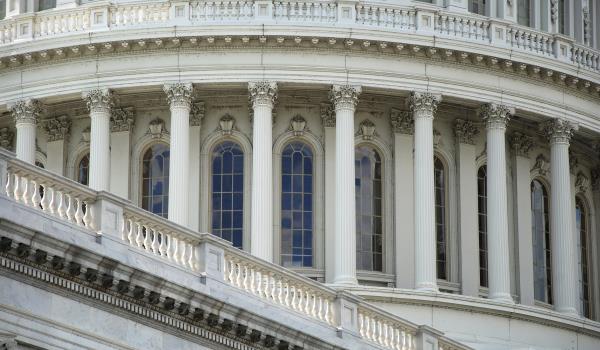Moreover, foreign central banks zero or negative interest rate policies are acting as a tide that lifts all boats. As international policy makers push down bond yields, yield-starved foreign investors have turned to relatively more attractive options in U.S. markets, which may include municipal bonds. Even if the foreign investors don’t benefit from the U.S. tax code, the 1.55% yield on national 10-year AAA-rated munis is still much more attractive than the 0.12% yield on 10-year German Bonds and negative -0.12% yield on 10-year Japanese Government Bonds.
Related: Bonds Have Bear Markets Too, Remember?
Investors interested in taking on muni bond exposure have a number of options available. For instance, MUB and Vanguard Tax-Exempt Bond Index Fund (NYSEArca: VTEB) both track the same benchmark S&P National AMT-Free Municipal Bond Index, which is comprised of investment-grade muni debt. The benchmark largely holds state tax-backed, utilities and transportation securities, with a major tilt toward California and New York debt, which make up over 40% of the funds. VTEB shows a 1.49% 30-day SEC yield.
A long-term muni fund like the VanEck Vectors AMT-Free Long Municipal Index ETF (NYSEArca: MLN) comes with a more attractive 2.46% 30-day SEC yield, but it is exposed to greater interest rate, with an effective duration of 10.61 years – a 1% rise in interest rates could translate to about a 10.61% decline in the fund’s price. MLN is less top heavy in California and New York exposure, and the ETF includes less state and local tax-backed debt.
Related: Bond ETF Investors Should Look to Emerging Markets
Investors interested in tapping into the muni bond market can also look to the Deutsche X-Trackers Municipal Infrastructure Revenue Bond Fund (NYSEArca: RVNU), an efficient way to invest in long-term, investment-grade U.S. tax-exempt munis with dedicated revenue streams, or those that have been issued with the intention of funding projects such as water and sewer systems, public power systems, toll roads, bridges, tunnels, and many other public use projects, as opposed to tax-backed debt that has attracted greater attention due to some high-profile state defaults. RVNU shows a 2.95% 12-month yield.
Lastly, muni investors can also squeeze out greater returns through high-yield options, like the VanEck Vectors High Yield Municipal Index ETF (NYSEArca: HYD) and SPDR Nuveen S&P High Yield Municipal Bond ETF (NYSEArca: HYMB). HYD has a 4.04% 30-day SEC yield and HYMB has a 3.82% 30-day SEC yield. However, the attractive payouts come with higher risks. Both funds include large speculative-grade debt allocations. HYD has 33.1% investment-grade munis, 45.7% non-investment grade and 21.2 non-rated. HYMB holds 33.5% investment grade, 45.1% speculative grade and 21.4% non-rated.
